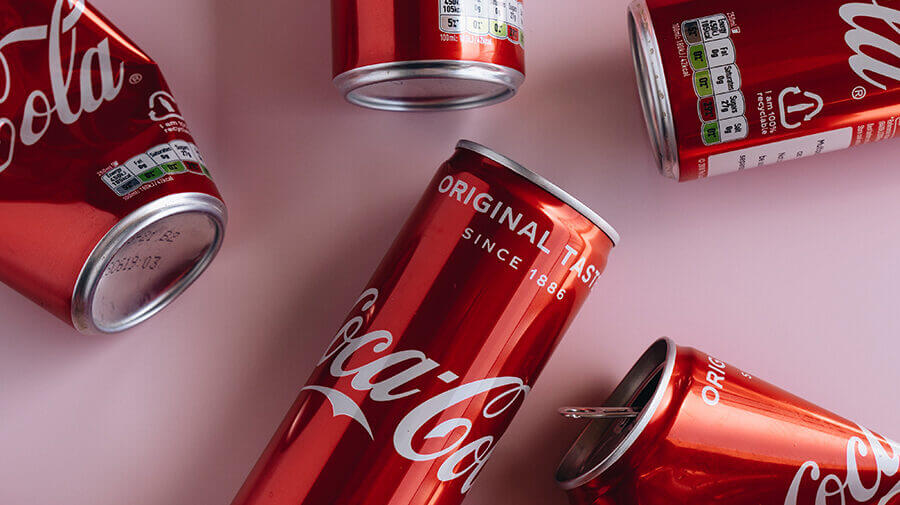Learn the difference between a logo and a brand and why your freelance business needs both to cultivate brand ambassadors, evangelists, and fans.

A while back, a fellow freelancer asked me for some branding advice and we ended up getting into a friendly debate about the difference between a logo design and a brand.
This entrepreneur had a beautiful logo but from my perspective not much of a brand to support it. While the logo was used on his business cards, brochure, website, email newsletter, and print flyers, the message, colors, typefaces, design, and even the voice used in the materials were inconsistent. When I covered up the logo on his marketing materials, I couldn’t tell each of the pieces belonged to the same business.
When I brought up this observation, he argued that his logo is his brand and asked, “My logo is on everything. Isn’t that enough?”
Unfortunately, when asked the question, “What’s the difference between a logo and a brand,” most freelancers and small business owners respond with the exact same question, “Isn’t a logo and a brand the same thing?”
No. A logo and brand are not the same things.
What is a logo?
A logo is an easily recognizable, reproducible, visual design element, often including a name, symbol, specified colors, or trademark.
It is a quick, visual representation of a brand that is SMART — simple, memorable, appropriate, resizable, timeless. It doesn’t have to magically communicate everything a brand stands for or what a company does on its own, as it is simply a tool used for identification purposes.
“A logo does not sell, it identifies… It is only by association with a product, a service, a business, or a corporation that a logo takes on any real meaning. It derives meaning from the quality of the thing it symbolizes, not the other way around.”
— Paul Rand
A logo doesn’t begin to take on meaning, reflect emotions, or communicate specific messaging until it becomes an integral part of a larger brand and is associated by others with the personal interactions and experiences had with the brand.
What is a brand?
A brand is the culmination of every interaction with, experience of, thought about, and marketing practice by a person or business.
- From the business owner’s perspective, a brand encompasses the positioning, messaging, and communications, the visual design, the client/customer persona, the voice, the marketing and promotions, and the presence of the company.
- From the audience’s perspective, a brand is the reputation of a business that is created by how the business makes them feel, what their experience is like with the business, and what they think of the business.
Simply put, a brand is made up of every experience a customer, prospect, vendor, partner, or other person has with you, your business, product or service, online, offline, or in person, 24 hours a day, 7 days a week, 365 days a year.
Your actions as a freelance business owner steer the development and growth of your personal brand. Everything from how you speak about your brand and what you post on social media to your website copy, website design, social media accounts, and email marketing shapes how your business is perceived and how it shows up in the world.
Bottom line: If you don’t define your brand and uphold its values and mission, however, someone else will define it for you — and you may not like what it becomes.
A Logo + A Brand
A logo by itself is merely a graphic element with a name. It is a piece of a brand used in visual communication. A brand is everything — tangible and intangible — that represents a business and gives its logo meaning. When combined, a well-designed logo and clear brand strategy help you effectively and efficiently reach your audience; communicate your message, your value, and benefits; visually attract more attention; and create extraordinary experiences.
So, my questions to you are:
- What are you doing to give your logo meaning?
- How are you proactively steering the development and growth of your brand and shaping how your business is perceived?
- What guidelines do you have in place to ensure your brand is showing up consistently in the world?
